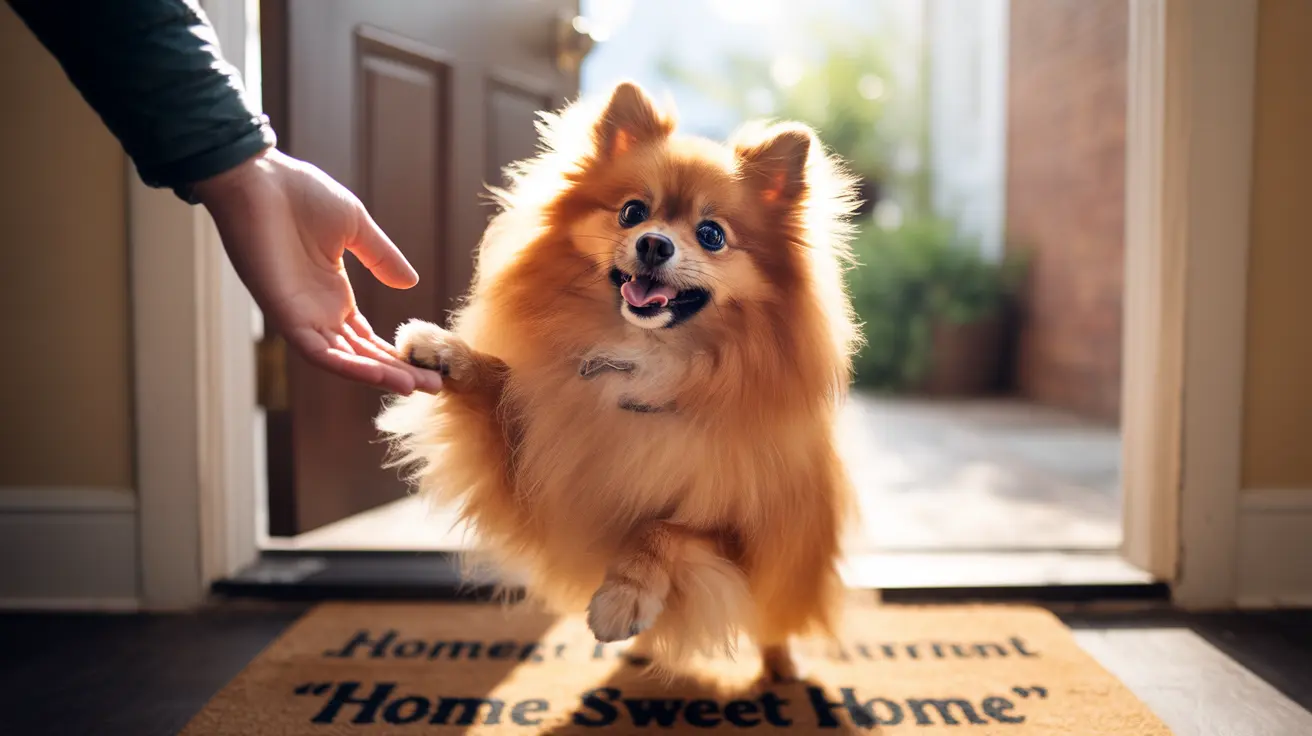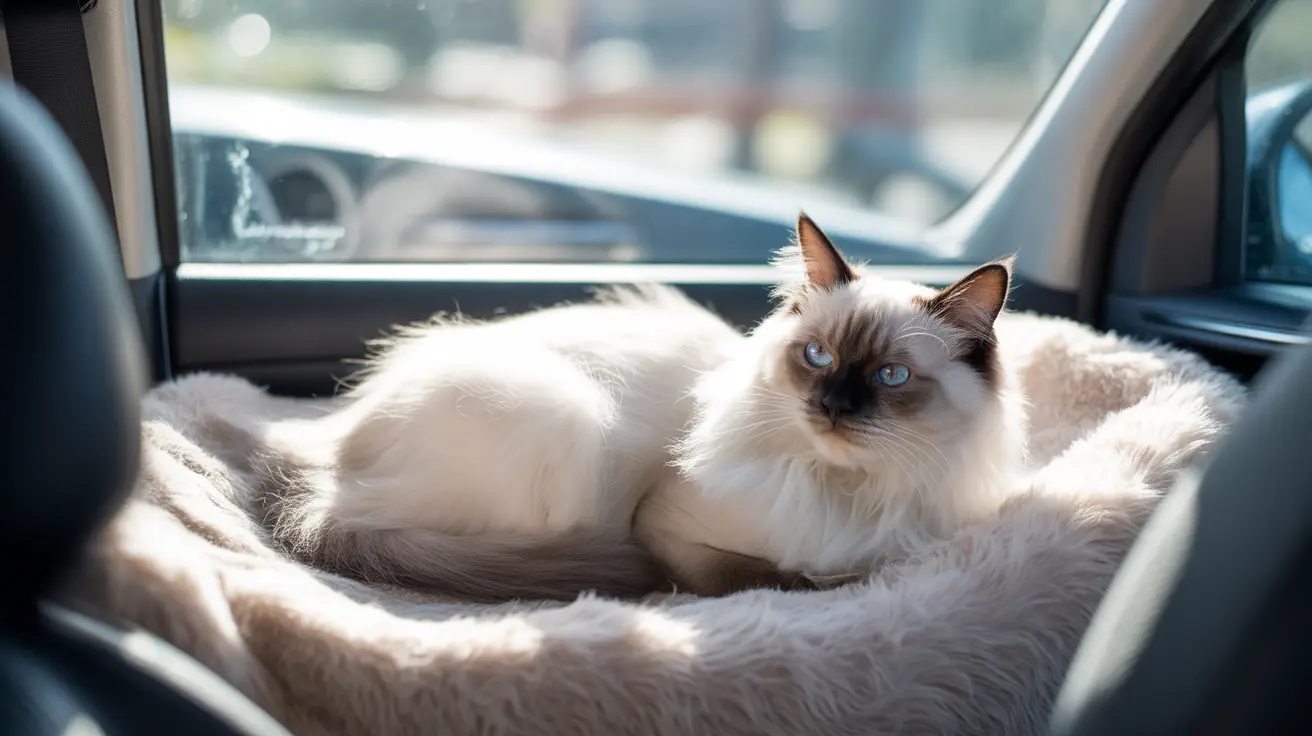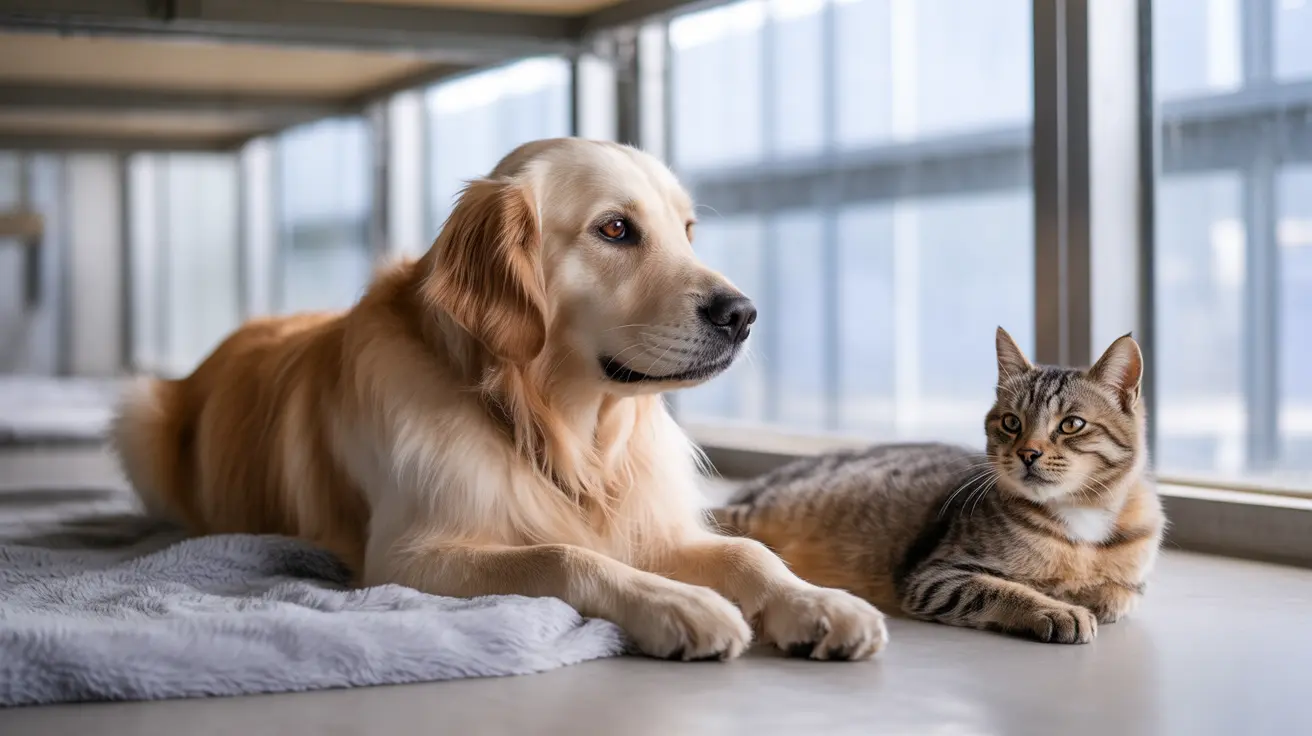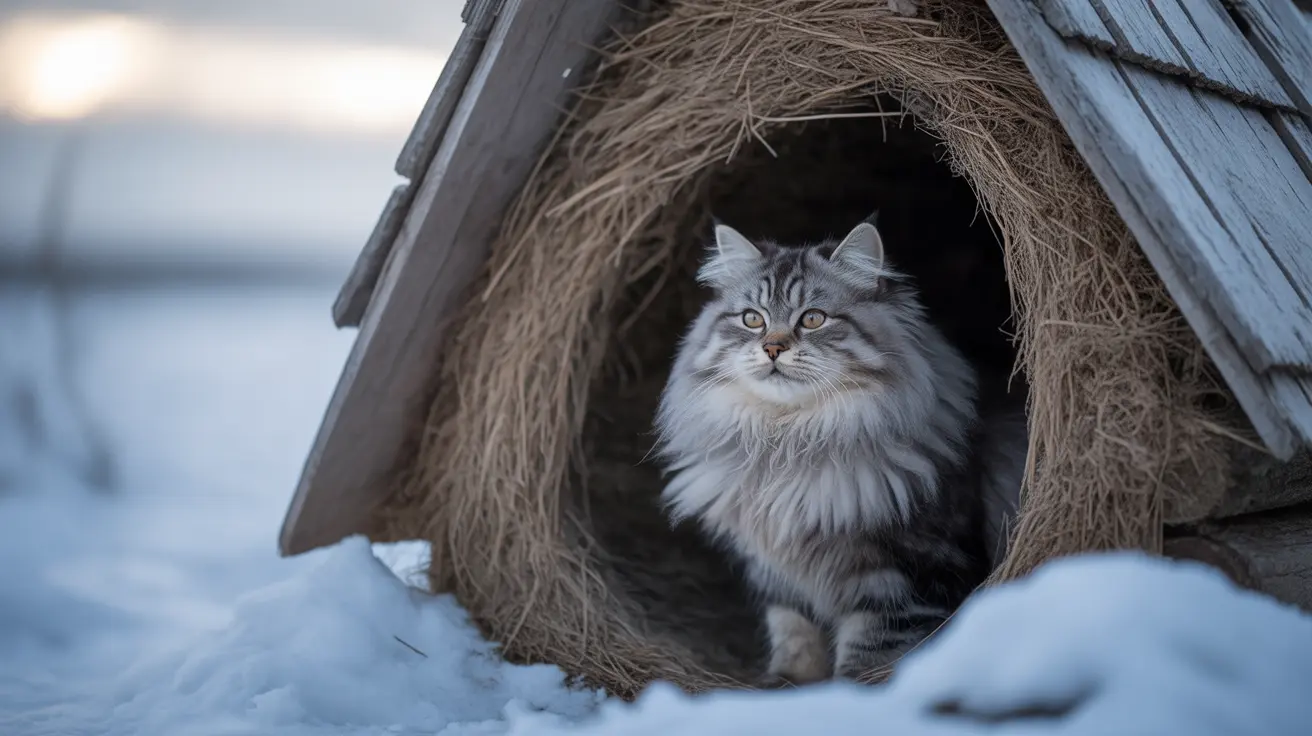Just like humans, dogs possess unique and diverse personalities that shape their behavior, interactions, and relationships with their owners. Understanding the types of dog personalities is crucial for pet parents, trainers, and anyone considering adding a canine companion to their family.
Recent research has revolutionized our understanding of canine temperament, revealing distinct personality types that help explain why some dogs are naturally outgoing while others prefer solitude, or why certain pups excel in training while others march to their own beat.
The Five Core Dog Personality Types
The Excitable/Hyperattached Personality
These dogs are known for their boundless energy and strong attachment to their owners. They typically display:
- Constant seeking of attention
- High alertness to environmental changes
- Strong emotional bonds with family members
- Difficulty settling down or relaxing
The Anxious/Fearful Type
Dogs with this personality type often struggle with confidence and require patient, consistent support. Common traits include:
- Nervousness in new situations
- Sensitivity to loud noises or sudden movements
- Strong startle responses
- Need for predictable routines
The Aloof/Predatory Personality
These independent spirits often display:
- Self-sufficient behavior
- Less need for constant human interaction
- Strong hunting or chasing instincts
- Independent decision-making tendencies
The Reactive/Assertive Type
These dogs are characterized by:
- Quick responses to environmental stimuli
- Strong protective instincts
- Natural leadership tendencies
- Clear communication of their needs
The Calm/Agreeable Personality
The most easy-going of all types, these dogs exhibit:
- Steady temperament
- High social tolerance
- Adaptability to new situations
- Easy training response
Factors Influencing Dog Personality Development
Genetic Influences
While breed plays a role in personality tendencies, individual variation within breeds is significant. Genetic factors influence traits like sociability, anxiety levels, and training responsiveness.
Environmental Impact
Early socialization, training experiences, and living conditions significantly shape a dog's personality development. Positive early experiences often lead to more well-adjusted adult dogs.
Age and Maturity
A dog's personality can evolve with age, though core traits typically stabilize in adulthood. Puppies may show different characteristics than their adult selves.
Practical Applications of Understanding Dog Personalities
Training Approaches
Different personality types respond better to different training methods. Understanding your dog's personality helps in selecting the most effective training approach.
Living Environment Considerations
Some personalities thrive in busy households, while others need quieter environments. Matching living situations to personality types increases success in dog-owner relationships.
Frequently Asked Questions
What are the main types of dog personalities and how do they differ?
The five main dog personality types are Excitable/Hyperattached, Anxious/Fearful, Aloof/Predatory, Reactive/Assertive, and Calm/Agreeable. Each type has distinct behavioral patterns and needs, ranging from high-energy dogs requiring constant interaction to independent personalities preferring more space.
How do genetics and breed influence a dog's personality traits?
While breeds can predispose dogs to certain traits, individual personality variations within breeds are significant. Genetics influence basic temperament, but environmental factors play an equally important role in personality development.
Can a dog's personality change with age and training?
Yes, dogs' personalities can evolve with age and proper training, though core traits typically remain stable. Early experiences and consistent training can help shape positive behavioral patterns.
How can understanding my dog's personality help with training and behavior management?
Understanding your dog's personality type allows for tailored training approaches and management strategies that work with their natural tendencies rather than against them, leading to more successful outcomes.
What personality types are best suited for families or first-time dog owners?
Calm/Agreeable personalities typically make excellent choices for families and first-time owners due to their adaptability and easier training response. However, successful matches depend on the family's lifestyle and commitment to meeting the dog's needs.
Conclusion
Understanding dog personalities is key to successful pet parenthood. Whether you're choosing a new furry family member or working to better understand your current companion, recognizing and adapting to your dog's personality type can lead to a more harmonious and fulfilling relationship.






